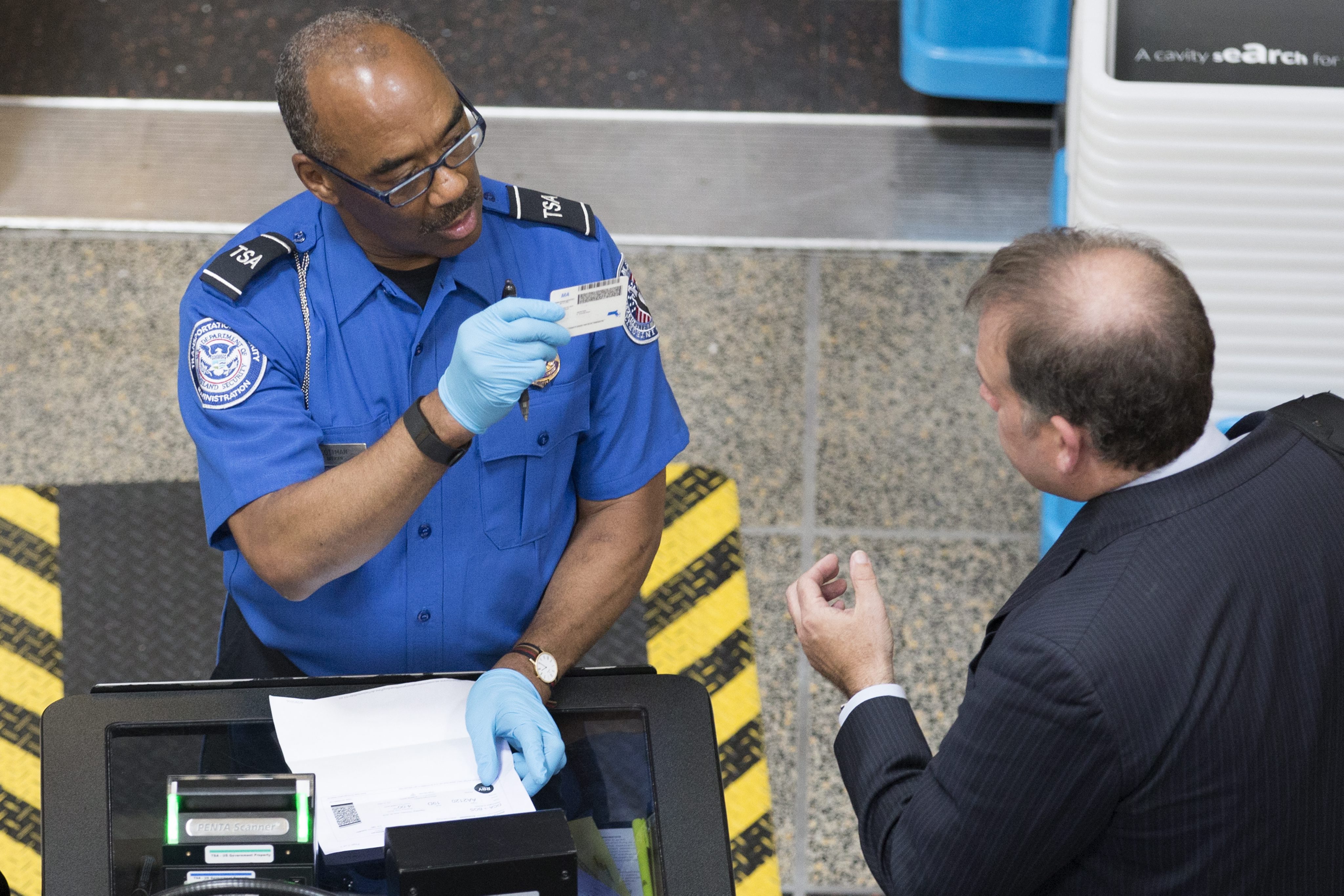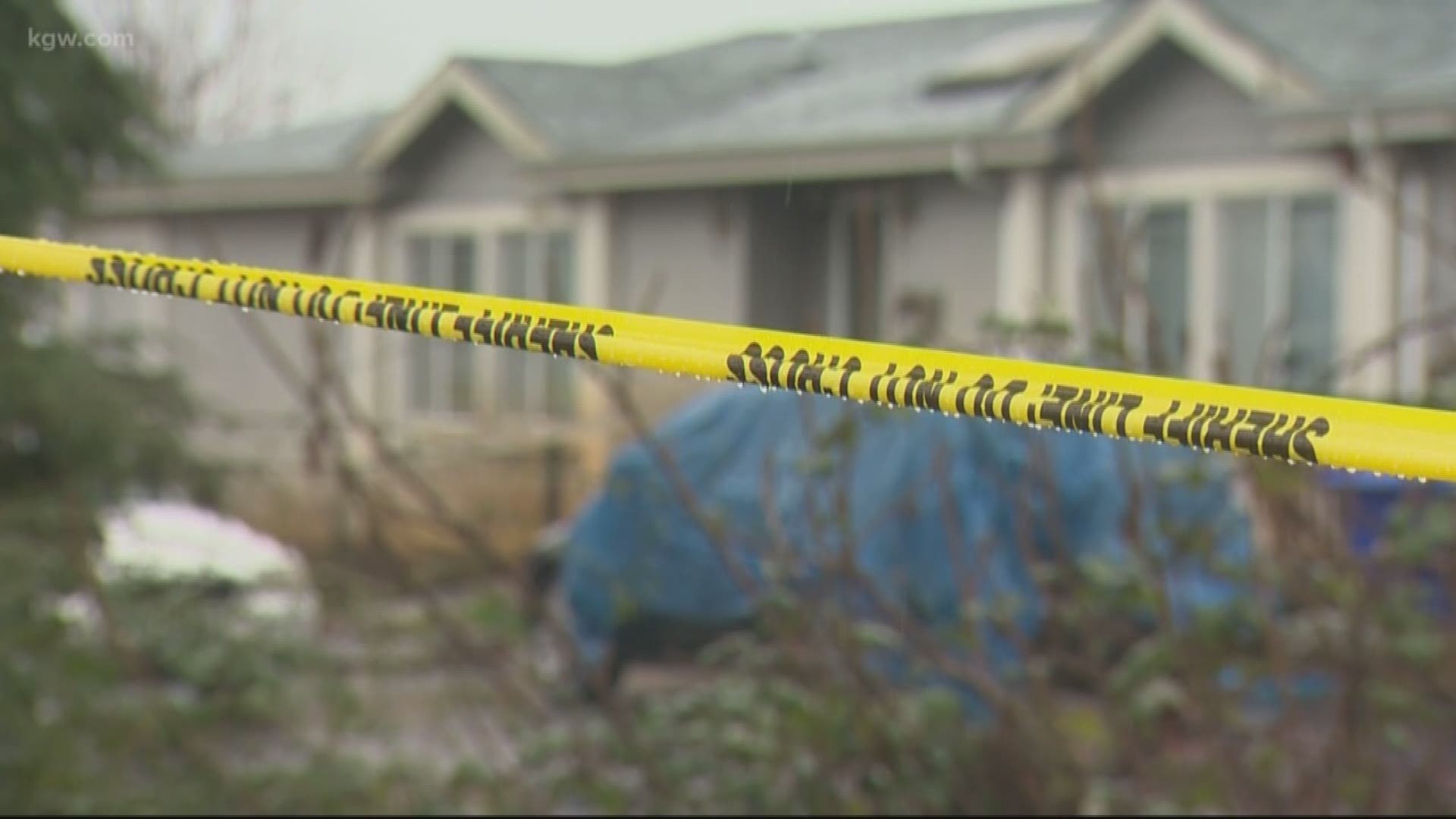A pickpocket stole Mim King's wallet on a recent visit to San Francisco. She thought the Transportation Security Administration would never let her board her flight to Los Angeles the next day. But she was wrong.
![How to board your flight with no ID [video : 87161096]](http://videos.usatoday.net/Brightcove2/29906170001/2016/07/29906170001_5037588857001_travel-thumb.jpg?pubId=29906170001)
King arrived early at the security screening area and explained her predicament. An agent peppered her with questions, including how she'd lost her driver's license and what she'd been doing in San Francisco.
"I presented my police report on my lost wallet, and showed them all my notes I took after canceling my cards," she explains. King is a professional organizer, so she'd collected extensive documentation after the incident. The legal documents persuaded the agents that she was the real Mim King — and off she flew.
Surprised? You shouldn't be. When it comes to travel, TSA’s ID requirements are not as unwavering as you might think. If you find yourself ID-less or even passport-less during your summer travels, you'll want to clip this article. It could save your next vacation or business trip.
One of the biggest myths about air travel is that you need an ID. For domestic travel, you actually don't. If you're under 18, you don't have to show any ID to the TSA. If you're older than that and you show up to the airport without a driver's license or passport, you may still be allowed to board. You'll have to fill out a form with your name and address, and the TSA employee "may ask additional questions to confirm your identity," according to the agency.
Truth is, even though airports are plastered with signs that say passengers are "required" to show ID, there's no law on the books that says you have to, according to privacy advocate Edward Hasbrouck. "The TSA has repeatedly told courts at all levels that these and other official TSA notices to passengers are false," he adds. "An ID is not required to fly."
How about for international travel? There, too, the rules vary. You can use a U.S. passport card for land and sea travel between the U.S. and Canada, Mexico, the Caribbean and Bermuda. The passport card costs less — $55 compared with $135 for a regular passport or just $30 if you already have a regular passport book. Remember though, if you want to fly internationally, you'll need a regular passport book.
Some authorities can be flexible on passport requirements, too. Consider what happened to Marcela Faé, a photographer who lives in Germany and needed to suddenly return to her native Brazil after her father passed away.
Distraught and confused, she left her Italian passport at home and packed her Brazilian passport, which might have made returning to Germany difficult. But a German security officer reassured her that she could come back, as long as she showed a photo of her Italian ID. When she returned, sure enough — after a brief interview, an immigration official allowed her into the country.
"I was inside the EU with no problems," she says.
If you're overseas and someone steals your passport you can go home and you might be able to get a new passport without paying. In rare circumstances, the State Department can waive the fee for a replacement passport if you're the victim of a "serious" crime or of a natural disaster. Otherwise, you will pay for a limited validity passport to allow you to return to the United States. It can often be done the same business day. You'll need to exchange this limited validity passport for a full validity passport once you get home.
As a practical matter, coming home may be even easier. Consider what happened to Laurie Dickinson Lee on a recent visit to Costa Rica. "We were carjacked," she says. "My friends and I went to the U.S. embassy with absolutely nothing to show in regards to our identity." Lee runs a passport agency in Chicago, so she was well aware of the State Department rules for getting a replacement passport when you're in the United States, but less aware of how it worked when you're stuck outside.
Turns out, it's a lot easier than even the government makes it sound. "They just looked up our information in their federal database," she remembers. "We were issued temporary passports in less than an hour."
Safeguard your ID
Here's how to prevent your ID from being stolen — and how you can get it back a little easier.
• Don't play fast and loose with your ID. Your passport and ID are some of the most important — if not the most important — travel documents. Don't leave them in your hotel room (if you do, store it in the safe). And when you carry them on your person, keep them close to you, preferably in a money belt or travel wallet.
• Keep 'em separated. Don't store critical documents, such as a driver's license and a passport, in the same place. You may need one in order to replace the other. Instead, consider leaving one in a hotel safe or with a travel companion, so that if you're pickpocketed or carjacked, you'll still have one form of ID.
• Upload copies of critical documents online. To replace a passport while you're overseas, you'll need a passport photo, another form of ID such as a driver's license, evidence of your U.S. citizenship, your travel itinerary and a police report, if available. You can take pictures of key documents and store them in a secure location online, in case you lose everything. A copy of a document by itself will not allow you to travel, but it can make the process to replace a passport a whole lot easier.
Christopher Elliott is a consumer advocate and editor at large for National Geographic Traveler. Contact him at chris@elliott.org or visit elliott.org.


